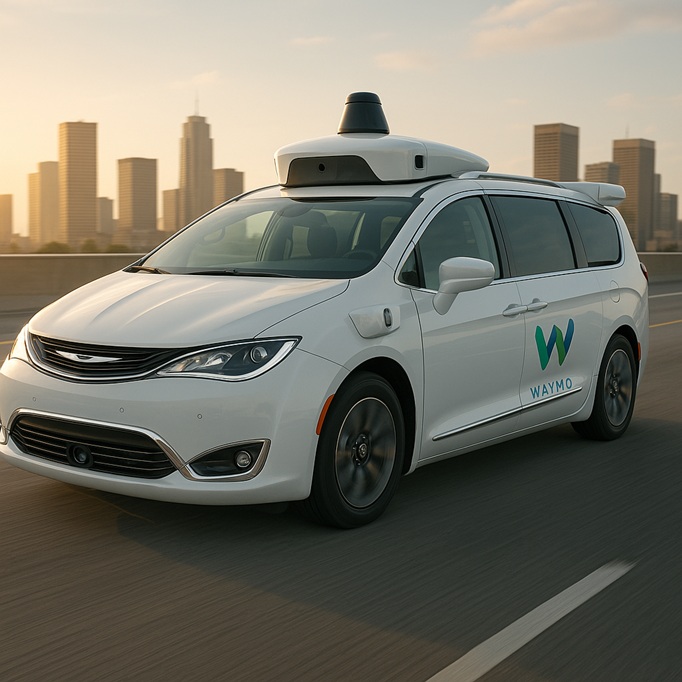Los Angeles, CA — In a city known for its car culture and cutting-edge tech scene, the inaugural Ride AI Conference brought together thought leaders from across the automotive and technology industries this week. Held in downtown Los Angeles, the conference served as a pivotal platform to address the future of autonomous vehicles (AVs) — a future that, according to experts, may be further down the road than many anticipated.
Despite over a decade of investment and innovation, the promise of fully autonomous vehicles dominating our roads remains largely aspirational. Panelists at the conference painted a more realistic portrait: a hybrid future in which human and robot drivers share the roads for at least the next 10 to 15 years.
Humans Still in the Driver’s Seat — For Now
One of the key messages that emerged from the sessions was a notable shift in industry narrative. Rather than viewing human drivers as obsolete, many presenters highlighted the strengths of human behavior behind the wheel. “The truth is, people are actually pretty safe drivers when you look at the big picture,” noted Dr. Marisa Chan, a robotics engineer with over 15 years of AV experience. “The goal should not be to replace them entirely, but to build systems that support and enhance human decision-making.”
This change in tone signals a pragmatic pivot in the autonomous vehicle space. For years, tech companies and automakers alike sold visions of driverless utopias, where AI systems would navigate seamlessly and eliminate traffic fatalities. Today, those grandiose visions have given way to tempered expectations and a stronger focus on incremental progress.
Challenges Along the Way
From unpredictable pedestrian behavior to complex weather patterns, fully autonomous driving still faces an array of technological, regulatory, and ethical challenges. AVs continue to struggle with nuanced decision-making in dense urban environments — the kind of split-second judgment that human drivers perform every day.
“Autonomy isn’t about perfection,” said Naveen Rao, co-founder of a leading AI mobility firm. “It’s about augmentation. We’re building co-pilot systems that make the road safer without demanding total control.”
Beyond the technology, there are also questions of public trust and insurance frameworks. Who is liable when an AV makes a poor decision? Will the public accept AVs that make human-like mistakes?
A Collaborative Future
What emerged clearly from Ride AI is a future not of displacement, but of collaboration. Rather than robots replacing people, experts envision AVs operating as intelligent assistants, particularly in commercial fleets, long-haul trucking, and urban delivery services.
Major automakers in attendance showcased adaptive systems designed to alert drivers, manage fatigue, and intervene only when needed. “It’s not about turning people into passengers,” said Jessica Lin, head of product development at DriveCore. “It’s about making every driver better.”
As the AV industry matures, conferences like Ride AI are helping to redefine what success looks like. Not as a race to eliminate the driver, but as a journey to enhance safety, efficiency, and accessibility.
The road ahead may be longer than expected — but it’s still moving forward.
